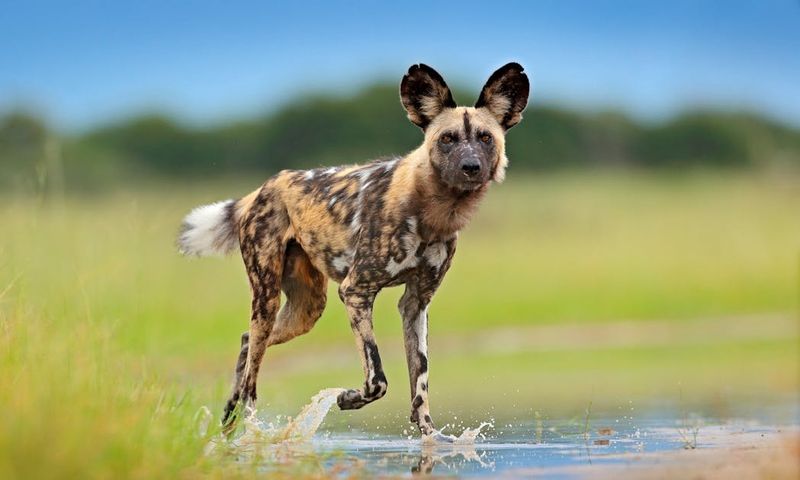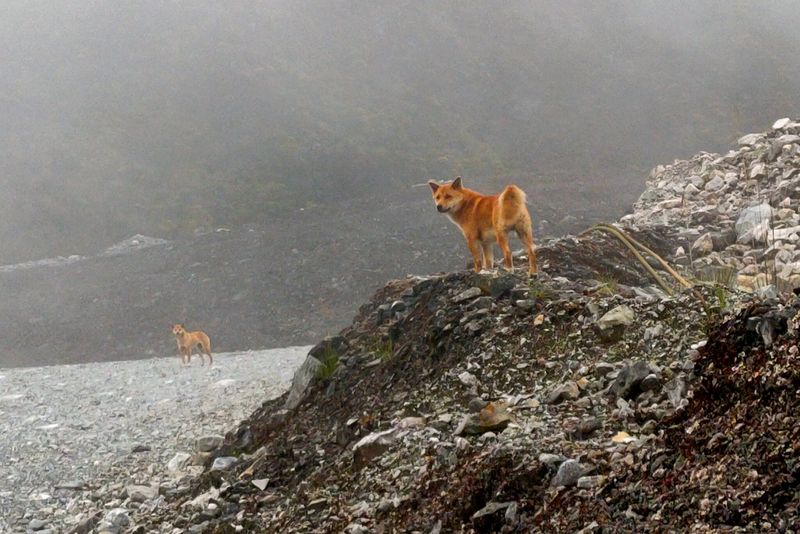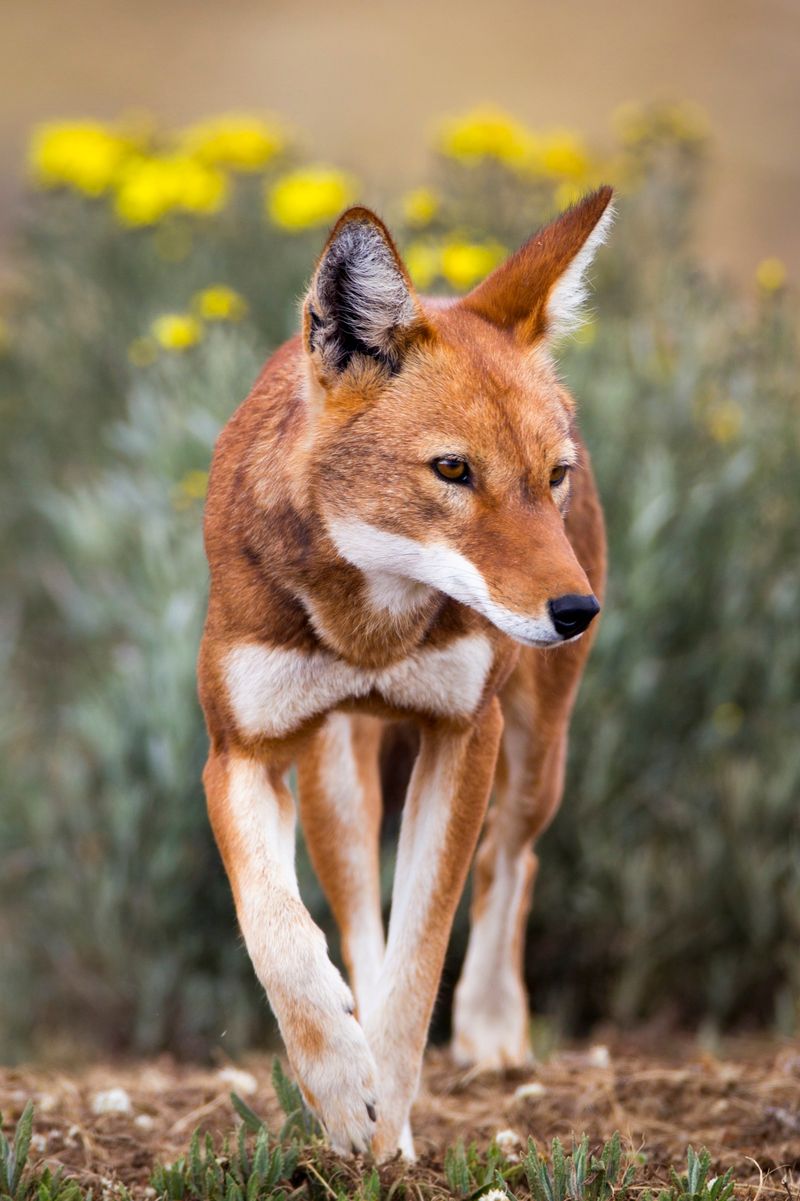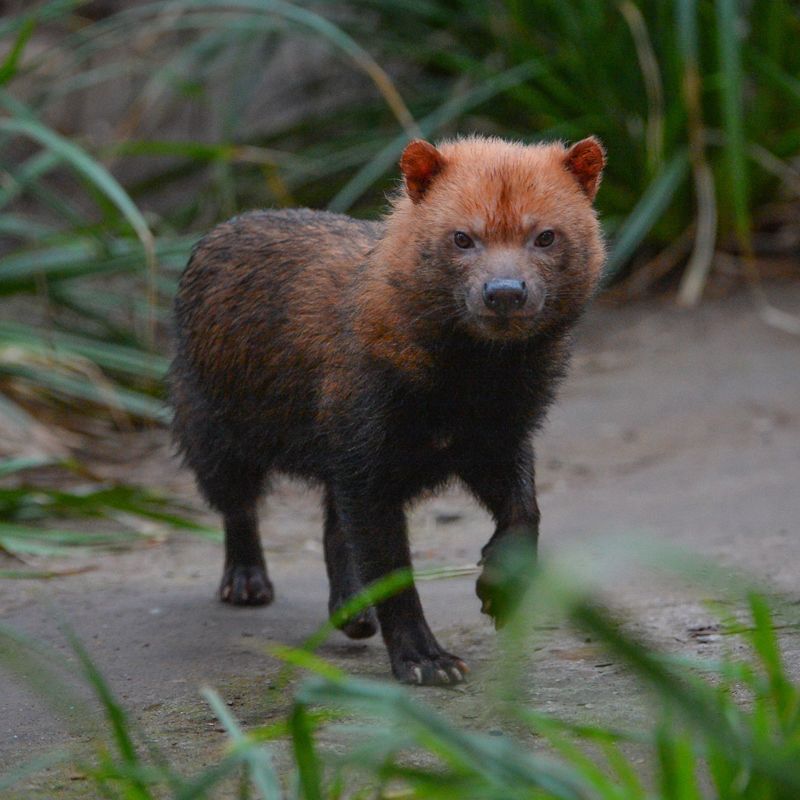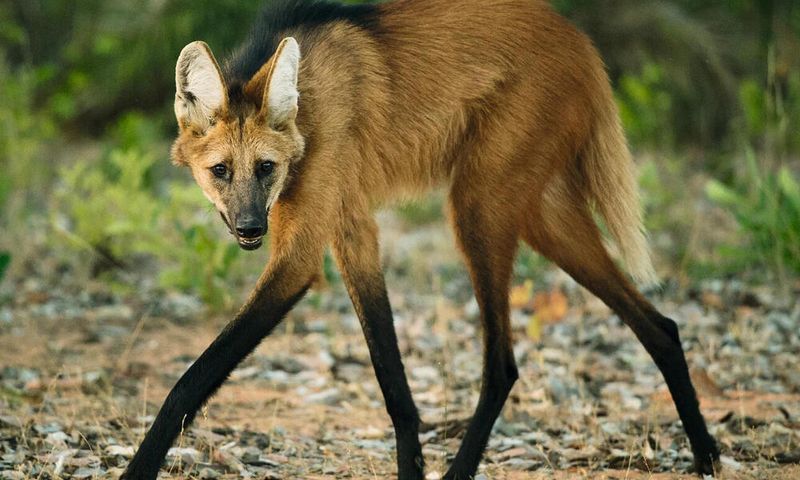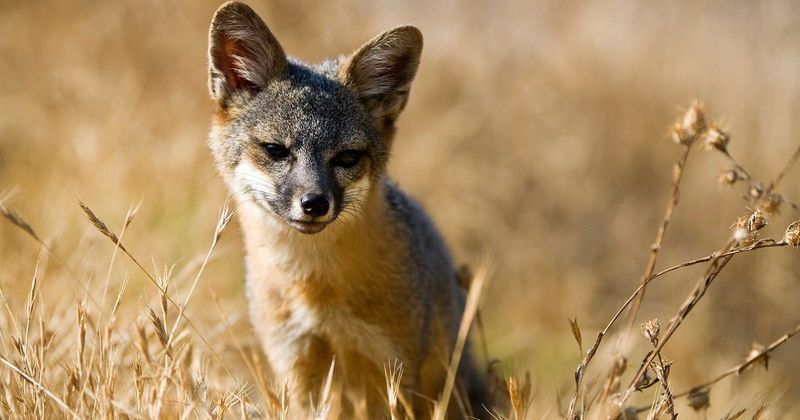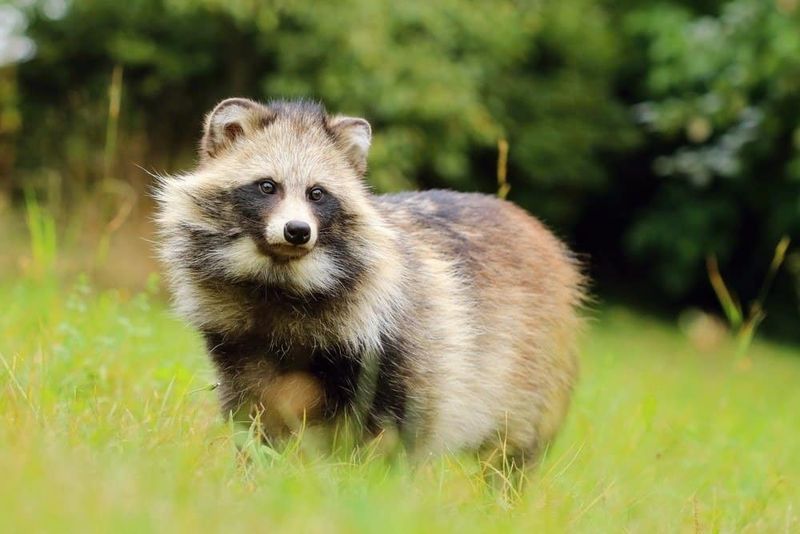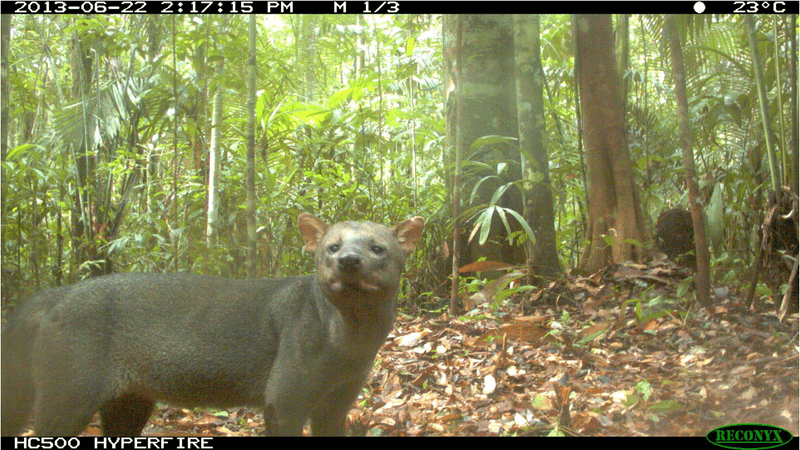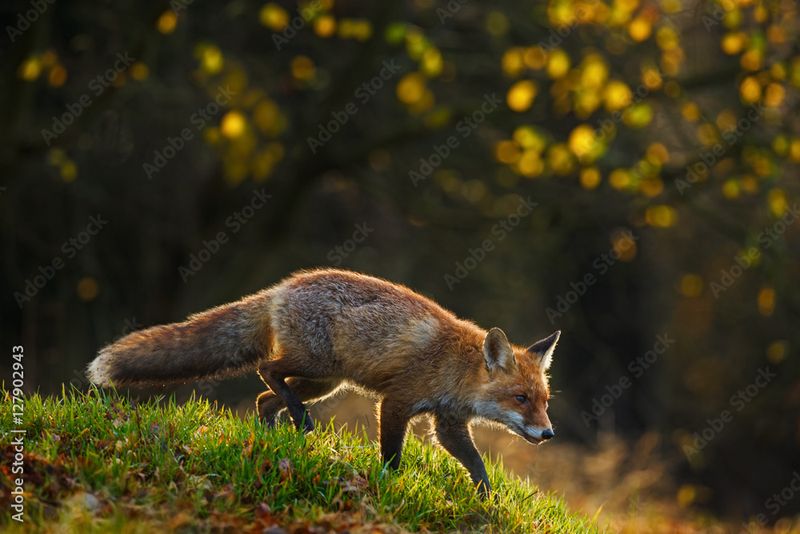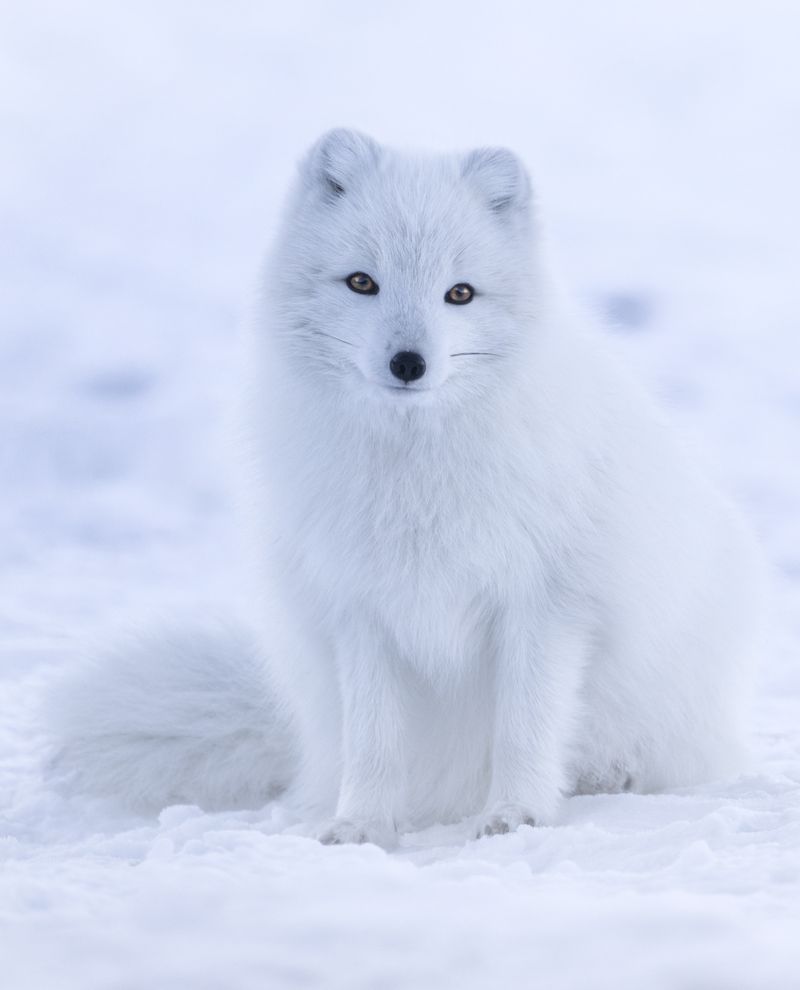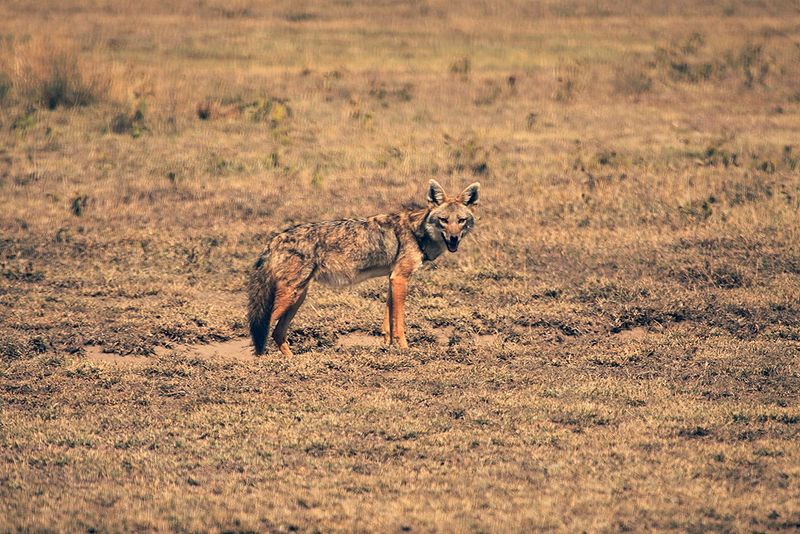In the vast tapestry of nature, certain wild dog populations dance outside the lines of conventional breed standards, thriving in untamed environments. These unique groups embody the indomitable spirit of survival and adaptation, showcasing characteristics and behaviors distinct from their domestic cousins. From remote jungles to expansive deserts, these populations not only survive but flourish, exhibiting a raw beauty and instinct-driven existence. This exploration reveals 13 wild dog populations that embody the essence of untamed life, each with its own intriguing story and role in the ecosystem.
African Wild Dog
A vibrant splash of colors dances across the savannah as the African Wild Dog moves with purpose. Renowned for its elaborate social structure, this pack animal thrives on collaboration. Each member plays a crucial role, from hunting to caring for young.
Adapted to the rhythm of Africa’s wild heart, these dogs are expert hunters with a success rate unmatched in the animal kingdom. Their unique mottled coats provide perfect camouflage. Sadly, habitat loss threatens their existence.
Despite these challenges, their resilience inspires conservation efforts globally. African Wild Dogs serve as a testament to nature’s ingenuity.
Dhole
In the heart of the Indian jungle, the Dhole, with its fiery coat, commands attention. Known as the “Whistling Hunter” for its unique call, this elusive canine is a master strategist. Packs exhibit remarkable cooperation, using distinct vocalizations to coordinate during hunts.
Dholes are adept at adapting to diverse habitats, from dense forests to open grasslands. Their diet is versatile, ranging from deer to berries. Unfortunately, their numbers dwindle due to habitat fragmentation and disease.
Efforts to conserve their habitats are vital, as these charismatic hunters are crucial to maintaining ecological balance.
New Guinea Singing Dog
Echoing through the highlands, the New Guinea Singing Dog’s melodious howl captivates those lucky enough to hear it. With a lineage tracing back thousands of years, these dogs are relics of an ancient world.
Their compact size and agility make them excellent climbers, navigating rugged terrains with ease. Known for their ability to adapt, these dogs are also incredibly intelligent, displaying problem-solving skills akin to their human counterparts.
Recognized for their unique vocalizations, conservationists work tirelessly to protect their dwindling numbers, ensuring future generations experience their enchanting songs.
Dingo
In the sprawling Australian Outback, the Dingo, a symbol of wilderness, roams free. Its amber eyes reflect the vastness of its rugged homeland. Revered and misunderstood, Dingoes play a pivotal role as apex predators, maintaining the delicate balance of their ecosystem.
These adaptable canines exhibit a varied diet, showcasing their remarkable survival skills. Despite their essential ecological role, they face threats from human encroachment and hybridization.
Efforts to protect Dingoes highlight the complexity of coexistence between humans and wildlife, ensuring these iconic creatures continue to thrive in their native landscapes.
Ethiopian Wolf
In the alpine meadows of Ethiopia, the Ethiopian Wolf, with its striking red coat, hunts with precision. As Africa’s most endangered carnivore, it clings to survival in fragmented highland habitats.
Specialized hunters, these wolves target rodents, employing stealth and speed. Social creatures, they live in packs yet hunt alone, a unique behavior among canids.
Their dwindling numbers highlight the urgent need for conservation. Habitat preservation is critical, as these wolves are both a national treasure and a keystone species, integral to the ecological health of their mountainous home.
Bush Dog
Deep within the Amazon rainforest, the Bush Dog, with its squat build and webbed feet, thrives in an aquatic world. These enigmatic creatures are adept swimmers, utilizing water as their hunting ground.
Their unique adaptations include a keen sense of smell and tight-knit family groups. Despite their elusive nature, Bush Dogs are instrumental in controlling prey populations, such as rodents and small mammals.
Threatened by deforestation, they are a focal point for conservationists aiming to preserve the Amazon’s biodiversity. Protecting their habitat ensures the survival of this remarkable aquatic hunter.
Maned Wolf
The Maned Wolf, a creature of striking beauty, traverses the Brazilian cerrado with an air of mystery. Its long legs and fiery red coat distinguish it from any other canine.
Adapted to this unique biome, the Maned Wolf blends carnivorous and herbivorous diets, consuming everything from small mammals to fruits. This omnivorous lifestyle aids in seed dispersion, a quirky ecological niche.
Despite their contribution to the ecosystem, habitat loss poses a significant threat. Conservation efforts focus on protecting the cerrado, ensuring these elegant creatures continue to enchant with their presence.
Island Fox
On California’s Channel Islands, the Island Fox reigns supreme. This diminutive canine, with its keen eyes and compact frame, captivates with its charm. Adapted to the island’s unique ecosystem, these foxes have evolved into a distinct subspecies.
Their diet is diverse, including insects, fruits, and small mammals. Island Foxes play a crucial role in controlling local prey populations, maintaining ecological balance. However, they faced near extinction due to predation and disease.
Thanks to dedicated conservation efforts, their numbers have rebounded, a testament to successful wildlife management and the resilience of nature.
Raccoon Dog
Amidst the forests of Japan, the Raccoon Dog, or Tanuki, captivates with its mystical allure. Known for its resemblance to raccoons, this creature embodies adaptability, thriving in diverse environments from forests to urban areas.
Their omnivorous diet includes fruits, insects, and small animals, showcasing a flexible palate. Raccoon Dogs feature prominently in Japanese folklore, symbolizing prosperity and transformation.
Despite their cultural significance, they face threats from habitat loss and hunting. Conservation efforts aim to protect this unique species, preserving both their ecological role and cultural heritage.
Short-eared Dog
Deep within the Peruvian Amazon, the elusive Short-eared Dog glides through the underbrush. Its sleek form and short ears are adapted for life within dense forests. Known for its solitary nature, sightings of this mysterious canine are rare.
Their diet consists of small mammals and fruits, highlighting their adaptability. Despite their secretive lifestyle, they play a crucial role in maintaining forest ecosystems.
Threatened by deforestation, they are a symbol of the rich biodiversity of the Amazon. Conservationists work to protect their habitat, ensuring the survival of this enigmatic species.
Red Fox
In the rolling European countryside, the Red Fox, with its vibrant coat and bushy tail, is a familiar sight. Renowned for its cunning nature, this adaptable predator thrives across diverse habitats, from woodlands to urban areas.
Their diet is equally varied, encompassing rodents, birds, and fruits. This opportunistic feeding behavior showcases their remarkable ability to adapt.
Although common, Red Foxes face challenges from hunting and habitat loss. Efforts to manage their populations are essential for maintaining ecological balance, ensuring that these clever creatures continue to thrive in the wild.
Arctic Fox
In the icy expanse of the Arctic tundra, the Arctic Fox, with its pristine white coat, embodies the spirit of resilience. This resourceful canine is perfectly adapted to harsh polar conditions, boasting thick fur and a keen sense of hearing.
Their diet shifts with the seasons, from lemmings to seal carcasses, highlighting their adaptability. As climate change threatens their icy habitats, Arctic Foxes face an uncertain future.
Conservationists strive to mitigate these impacts, ensuring these iconic symbols of the Arctic continue to thrive in their frozen domain.
African Golden Wolf
In the sun-drenched grasslands of East Africa, the African Golden Wolf, with its slender frame and golden hue, navigates the savannah. This remarkable predator is often mistaken for its cousin, the jackal, yet it boasts unique adaptations.
Highly social, they employ cooperative hunting strategies to catch prey, from small mammals to birds. Their vocal communication is complex, facilitating intricate social interactions.
Despite facing threats from habitat encroachment, these wolves play an essential role in their ecosystem. Conservation efforts aim to protect their habitats, preserving the balance of the savannah.

